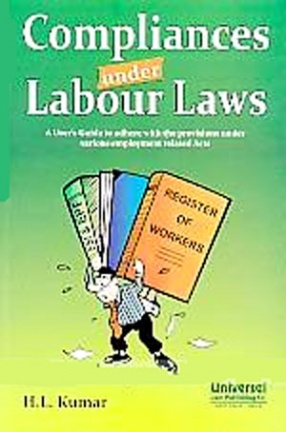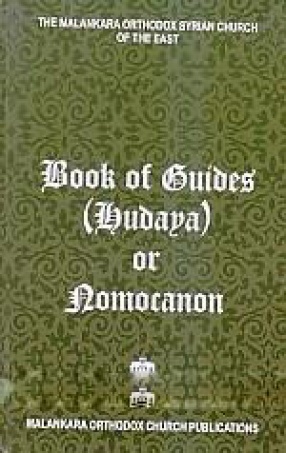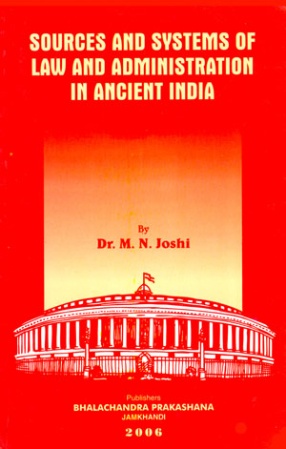Practical Guide to Employees Compensation Act and Rules
Improper working conditions, absence of proper temperature, abnormal humidity, absence of proper light, extensive night shifts, length of work period, severity/speed of work, excessive fatigue, absence of safety devices, immature age in experience, lack of training, bad state of health, physical defects, influence of sex difference, unfavourable mental and emotional conditions and movement of the workers are the main factors which lead to industrial accidents.
The Workmen’s Compensation Act of 1923 provides compensation to the workmen by their employers for injury which may be suffered by the workmen as a result of an accident during the course of employment. The Act provides security to the workmen who are partially incapacitated resulting in the loss of earning capacity. It also provides compensation to dependents of the deceased workmen.
In this book, the provisions of the Workmen’s Compensation Act have not only been explained but the ratios of the relevant and latest case law are also given. Besides that emphasis has been laid down on procedure for calculation of compensation with illustration which will be helpful for the readers to calculate the compensation.
Get it now and save 10%
BECOME A MEMBER
-

Practical Guide to Labour Management: A To Z from Selection to Separation
-

Legal Drafting: Do It Yourself
-

Compliances Under Labour Laws: A Users Guide to Adhere with the Provisions under Various Employment Related Acts
-

Kumar's Encyclopaedia of Petroleum Laws: With Commentaries on Petroleum Act, Petroleum Rules & Petroleum Concession Rules







Bibliographic information